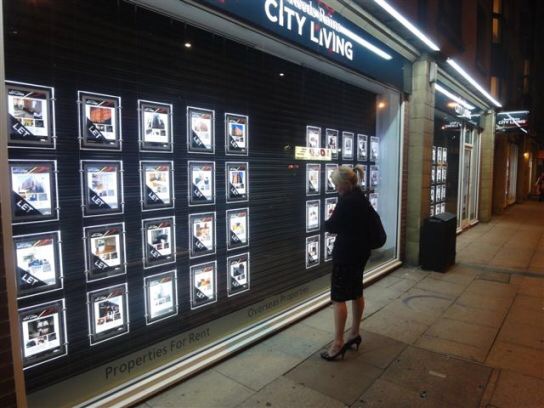City centre living has boomed in Manchester since the start of the century, with young people leading the move back into urban areas, according to a new report by the think tank Centre for Cities.
The report, ‘Urban demographics: where people live and work’, shows that the population of Manchester city centre nearly tripled since, with the number of residents aged 22-29 having quadrupled. This group now makes up more than half of Manchester city centre residents.
Back in 2001, the population of the city centre was just over ten thousand.Ten years later it stood at three times that amount with over sixteen thousand of those between the ages of twenty and twenty nine
One of the big factors attracting young people to city centres is the proximity and availability of jobs, with three times as many city centre residents walking to work as those living in suburbs or rural hinterlands. In many places city centre residents are paying significantly higher housing costs to enjoy this benefit, compared to those living in the suburbs.
As well as generally being younger than suburban residents, the report reveals that city dwellers are more likely to be well-educated, single professionals. Students have also played a major role in the resurgence of metropolitan living, and now account for a quarter of all residents in city centres across the country – highlighting the influence of university campuses and accommodation in shaping city populations.
The report also highlights a number of other important findings which have big implications for the future of UK city centres, and how policy-makers can support their continued growth.
The rise in demand for city-centre living has put serious pressure on housing in many places , with the share of households in large city centres classed as overcrowded having increased by 69 per cent between 2001 and 2011. To sustain this growth, cities need to develop more housing in central areas.
Small cities, which have fewer high-skilled jobs than large cities, have seen slower growth in their city centre populations since 2001. Government strategies to develop small city centres have focused on boosting retail on the High Street, but should also concentrate on attracting more high-skilled jobs and more residents
London has also seen slower growth in its city centre population than many places, with high housing costs pricing out many younger residents and students. Population growth has instead taken place in the capital’s suburbs, which have grown at twice the rate as in other large cities.
People move away from city centres as they get married, start families or get older. In suburbs, residents tend to be either slightly older, or under 19 – suggesting that more families with children live in these areas. In the rural hinterlands, 45-64 year olds make up the largest share of the population, and there are twice as many residents aged over 65 than in city centres.
Alexandra Jones, Chief Executive of Centre for Cities, said:
“There’s been a lot of debate in recent years about the future of our high streets, but this report shows we need to look at city centres as places where people increasingly want to live and work, as well as being somewhere to shop. That has serious implications for any decisions about where to build houses, develop transport links and base public services and amenities.
“Policy-makers can’t take this resurgence for granted – it needs to be supported and sustained. For example, building more houses in city centres will help deal with issues like over-crowding and rising house prices, which could put potential residents off if left unaddressed.
“But the boom in city centre living also offers policy-makers big opportunities to spur on local economies. The best way to do that is by investing in our city centres, to attract more jobs and make them better places to live.







